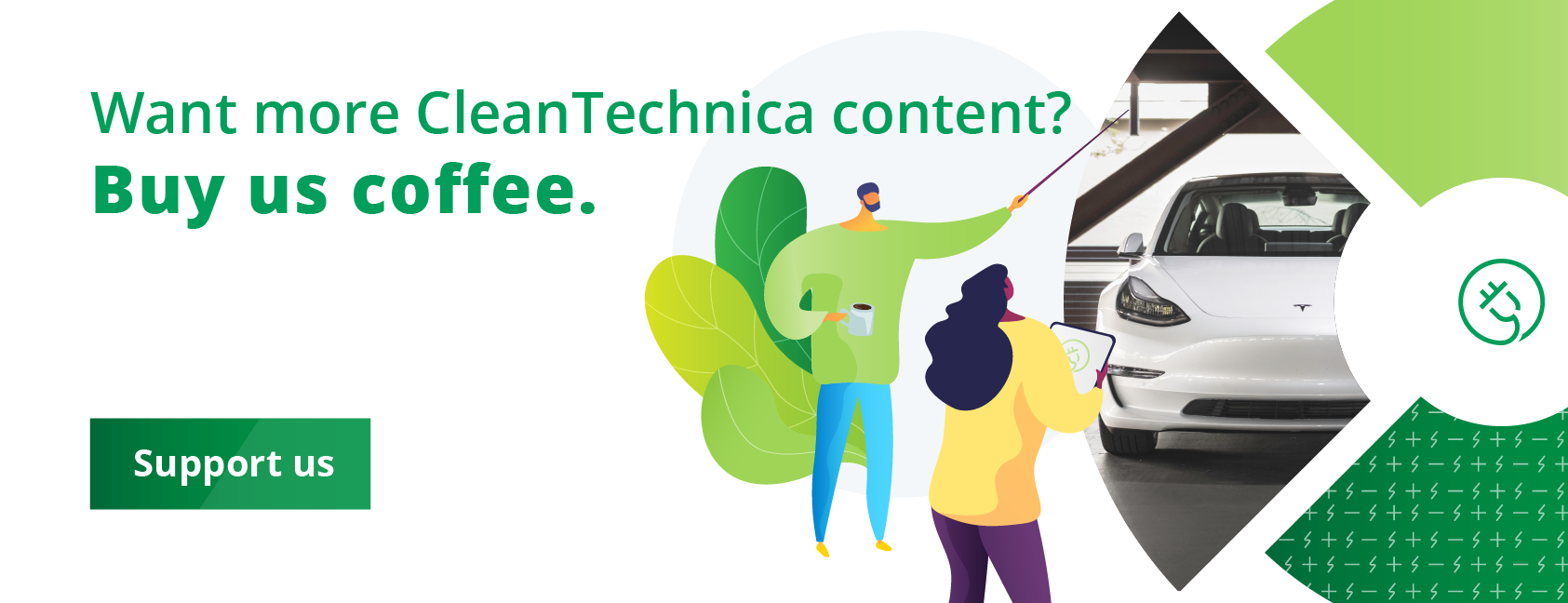
Shipping is the lifeblood of commerce. Before there were roads, there were rivers. Since early humans first left their caves thousands of years ago, waterways have been the lifeblood of commerce. Many of the world’s great cities — Paris, London, Shanghai, New York — are located along rivers that made them trading centers.
Where there were no rivers, people built canals to get their goods to market. Then that idea got supersized when the Suez and Panama canals connected entire oceans to make them part of the global shipping network. Today, 90% of all goods travel by ship at some point.
And yet, shipping is now facing a challenge, one that is partly of its own making. Sailing ships, by definition, created no carbon emissions. Then came the age of steam, powered by coal. Ships began to sprout smoke stacks that belched clouds of carbon dioxide into the air.
Next came internal combustion engines — great thumping beasts with cylinders large enough for a human to fit inside — powered by bunker oil, which is the crud left over when the refining process is complete. It is so thick, it needs to be heated in order to flow into the combustion chamber. The emissions created when it ignites are legendary.
Now, let’s be clear. There is no one component of the climate crisis that can be blamed on a particular part of the global economy. Cars and trucks certainly are a big part of it. Cement, steel-making, construction, mining, and generating electricity all add to the burden of excess greenhouse gases. But shipping accounts for about 3% of all global emissions. Total up all the junk shipping has contributed over the last 100 years and it adds up to million and millions of tons of the stuff that causes the planet to overheat.
Now, thanks in part to those emissions, drought conditions in several parts of the world have lowered the water level in many of those rivers and canals to the point where those ships can no longer float well enough to get their cargoes to their destinations.
Shipping Slows In The Panama Canal
American farmers float their grain harvests down the Mississippi river, where they are loaded aboard other ships to be transported to world markets — often via the Panama Canal. But a summer of extreme heat and little rain has lowered the water level in the Mississippi to the point where many of those grain barges cannot navigate safely if they are fully loaded. Reduced cargo loads mean higher prices for consumers.
Drought is also affecting shipping in the Panama Canal, which relies on millions of gallons of fresh water from rainfall in the highlands to operate. But this year, the rains have largely stayed away, which means ships using the canal have had to lighten their loads.
The Panama Canal Authority has also reduced the number of ships it allows to pass through the canal each day from 38 to 32. Once again, lighter cargo loads and a reduction in traffic through the canal mean significant delays and higher prices for consumers.
Other Rivers Affected
According to The Guardian, droughts throughout the world are threatening the idea that goods can be made wherever people are willing to work for peanuts and whisked to market quickly and cheaply by the shipping industry. Globalization, in fact, may be hoist on its own petard, so to speak, as the emissions it is responsible for have contributed to the drought conditions that now make shipping untenable. Irony rocks!
Last year, for instance, Europe suffered through its worst dry spell in 500 years. That resulted in lower water levels in the Rhine river, one of Europe’s most important shipping routes. To compensate, ships were forced to reduce the amount of cargo they could carry, disrupting supply chains and raising prices for all.
This year, the water level in the Rhine is better, but in the long term things are not looking good. The river faces a long term climate risk as the amount of snow and ice in the mountains that feed the Rhine is declining year by year. In 2022, low water levels slowed shipping on the Yangtze river, China’s most important waterway, forcing companies to spend more money to move their goods to Chinese ports in trucks instead of ships.
Also last fall, the Mississippi River shut down briefly in some parts because water levels were so low. This year, the same thing could happen, as hot, dry conditions across the middle of the US have limited the amount of fresh water flowing into the Mississippi.
“In September, we may have some compounding issues,” Jon Davis, a meteorologist for Everstream Analytics, a private company that advises other organizations on climate hazards in supply chains, told The Guardian. “These kinds of issues, overall, are becoming more frequent,” Mr. Davis added. “Dryness in Panama, low levels in the Mississippi. Low levels in the Rhine. That’s of concern to anyone that has interests in global trade.”

The Takeaway
In a world that has become accustomed to everything being shipped everywhere at any time, changes in the Earth’s climate may be putting the whole notion of globalization at risk. People may be forced to re-examine how they live. Seasonal fruits and vegetables may not be available on supermarket shelves 12 months of the year. It may not be possible to manufacture steel in Germany and have it arrive in Detroit on time. Localization instead of globalization may become the new norm.
The shipping industry is struggling mightily to lower emissions from ships, but it is largely a voluntary effort. Nations may impose restrictions within their territorial waters hut once on the high seas, ship operators are free to do pretty much as they please. If that means burning bunker oil, so be it. Whatever generates the most profits will prevail.
Sustainability is the concept that has been missing from the global economy since Christopher Columbus set sail in search of treasure in 1492. Now the chickens have come home to roost, and so far, humans have no answers for how to curb the slow but steady rise in global average temperatures that is partly attributable to the effluent created by shipping.
I don’t like paywalls. You don’t like paywalls. Who likes paywalls? Here at CleanTechnica, we implemented a limited paywall for a while, but it always felt wrong — and it was always tough to decide what we should put behind there. In theory, your most exclusive and best content goes behind a paywall. But then fewer people read it! We just don’t like paywalls, and so we’ve decided to ditch ours. Unfortunately, the media business is still a tough, cut-throat business with tiny margins. It’s a never-ending Olympic challenge to stay above water or even perhaps — gasp — grow. So …




